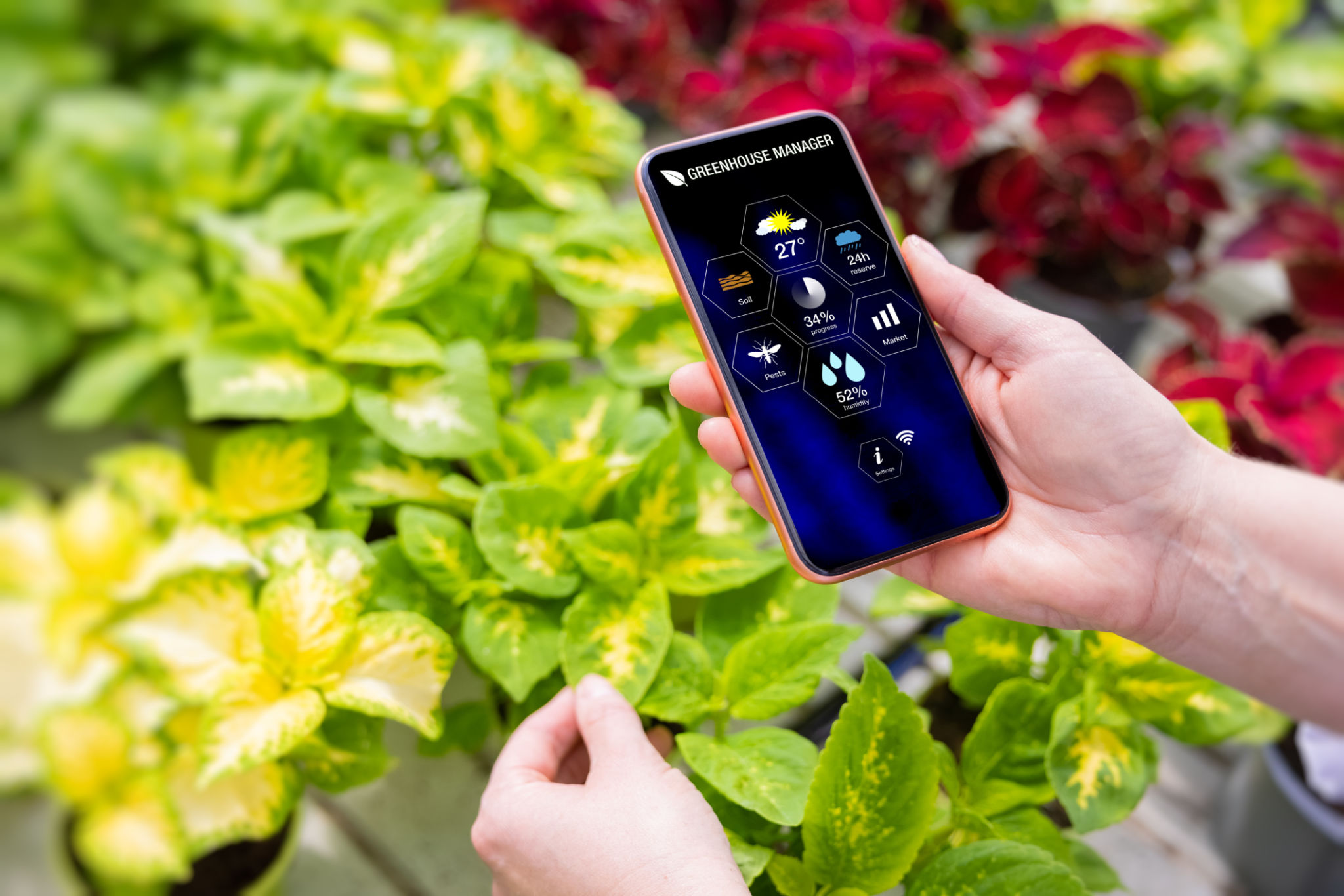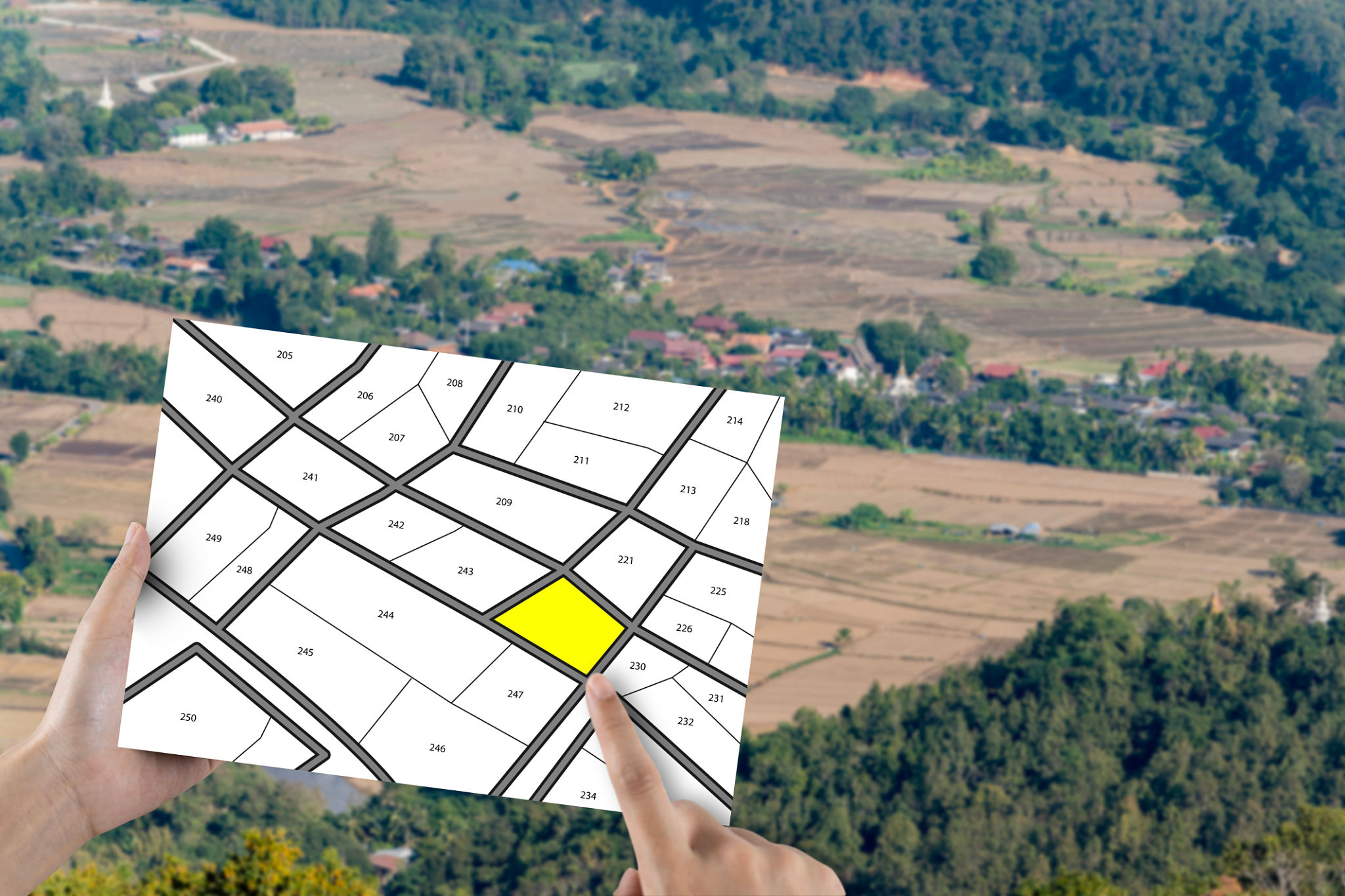Comparing Traditional Gardens to Smart Gardens: Which Is Right for You?
Understanding Traditional Gardens
For centuries, traditional gardens have been a hallmark of human creativity and connection with nature. These gardens rely heavily on manual labor, from planting seeds to maintaining the soil and controlling pests. They are often seen as a serene oasis, providing a natural escape from the hustle and bustle of modern life. Traditional gardens emphasize simplicity and the joy of nurturing plants through hands-on care.

One of the main advantages of traditional gardening is its therapeutic nature. Many people find solace in the repetitive tasks of weeding, watering, and pruning. Additionally, traditional gardens can be more economical since they require fewer technological inputs and often use organic methods to cultivate plants.
The Rise of Smart Gardens
In contrast, smart gardens represent the fusion of technology and horticulture. These gardens utilize advanced devices and systems such as automated watering, mobile app controls, and sensor-driven lighting to optimize plant growth. Smart gardens are designed for convenience, allowing even the busiest individuals to enjoy the benefits of gardening without dedicating significant time to maintenance.

Smart gardens are particularly appealing to tech-savvy individuals or those who may not have a green thumb. With features like self-watering systems and nutrient sensors, these gardens ensure plants receive the optimal care with minimal intervention. This efficiency can lead to higher yields and healthier plants.
Comparing Costs and Investments
When deciding between traditional and smart gardens, cost is a significant factor. Traditional gardens often have lower initial costs since they require basic tools and supplies. However, ongoing maintenance can add up, especially if you need to hire help or purchase organic fertilizers.
Smart gardens typically involve a higher initial investment due to the technology involved. Equipment like smart pots, sensors, and automated systems can be expensive, but they may reduce long-term costs by minimizing water usage and plant loss. It's essential to consider your budget and how much you are willing to invest upfront versus over time.

Environmental Impact
Sustainability is another critical consideration. Traditional gardens can be highly sustainable if managed organically and responsibly. They promote biodiversity by providing a habitat for various insects and birds.
On the other hand, smart gardens can also be eco-friendly, especially if they incorporate renewable energy sources like solar panels for their automated systems. They often use less water thanks to precision irrigation techniques, which can significantly reduce their environmental footprint.
Which Garden is Right for You?
The decision between a traditional garden and a smart garden ultimately depends on your lifestyle, preferences, and goals. If you enjoy working with your hands and connecting deeply with nature, a traditional garden may be more fulfilling. On the other hand, if you're seeking efficiency and modern convenience, a smart garden could be a better fit.

Consider factors like time availability, budget, and environmental concerns when making your choice. Both types of gardens offer unique benefits that can cater to different needs and preferences.
Whether you choose a traditional garden or a smart garden, both offer the opportunity to enrich your living space with nature's beauty and bounty. Embrace the garden style that aligns with your lifestyle and start reaping the rewards of nurturing your own little slice of paradise.